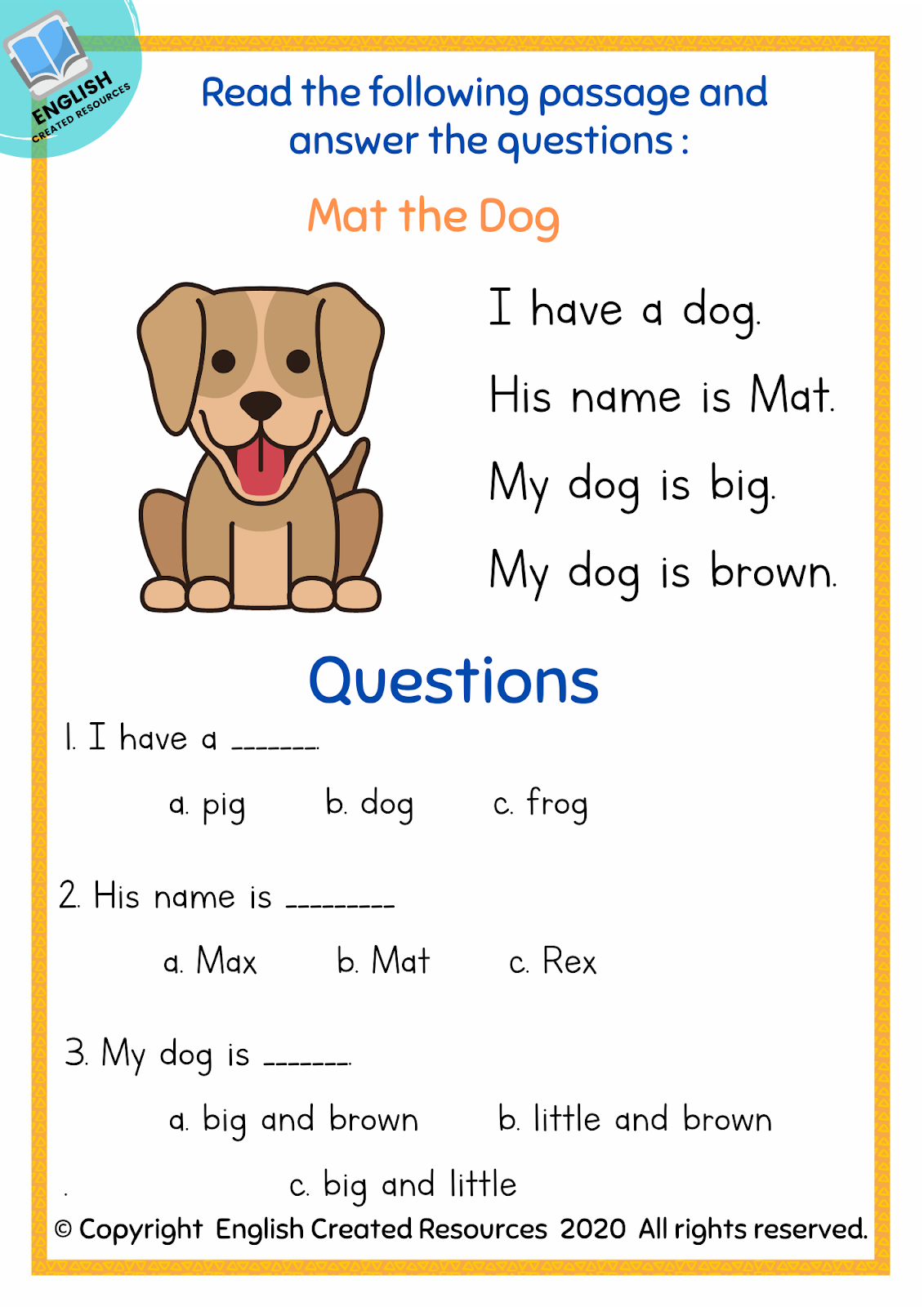
Are children given opportunities to create, imagine, and play as part of their instruction?.Does the teacher seem to adjust instruction based on what each child knows and is able to do?.Is my child given opportunities to write texts that are meaningful to him/her (e.g., a note to you, a sign on their block creation that says “Don’t touch!” – with these in whatever level of writing they are, whether that’s scribbling, writing the first letter in each word, and so on)?.Does my child have the opportunity to listen to texts that are interesting to him/her and to emergent-read texts with which he/she can have success? (emergent reading involves reading very simple texts with simple words and support from pictures and patterns).Is my child given opportunities to make connections between what he/she knows from our home and community and what he/she is learning in school?.Is my child given lots of opportunities to move and change activities (versus expected to sit in one place for long periods of time doing the same thing)?.Does my child come home from school feeling positive and that he or she has succeeded in learning or achieving something?.So how do you know whether a teacher is providing developmentally appropriate instruction to address the CCSS for your child? Here are some of the questions you might ask yourself:

Teachers might read alphabet books, lead alphabet games, give children opportunities to write letters in sand or with sidewalk chalk, make personalized alphabet books (for my son, D was for Dinosaur!), use alphabet puppets, and so on. In fact, some of you may have a child who met this standard without worksheets or drills. The result can be inappropriate practice.įor example, a teacher might think that to address the standard that expects students to “recognize and name all upper- and lowercase letters of the alphabet,” she needs to give children piles of worksheets or lead lengthy drills, but I have seen many teachers support children to meet this standard without any drills or worksheets.
Ccss kindergarten reading worksheets professional#
Factors such as tight education budgets and controversy over the very adoption of the CCSS have meant that some states and districts have not invested in the level of professional development that some teachers need in order to address the CCSS appropriately.
Ccss kindergarten reading worksheets how to#
So are the CCSS expectations for what kindergarteners know and are able to do too high? The short answer is “Not in the hands of a teacher who knows how to address them appropriately.” The problem, of course, is that not every teacher knows this. One can have standards without any large-scale, high-stakes testing, and large-scale, high-stakes testing can exist, and has done so, without alignment to standards. The standards don’t specify which techniques a teacher should and shouldn’t use. For example, there are many different ways to help students learn to ask and answer questions about unknown words in a text. Standards address what to teach, but they do not tell teachers how to teach. For example, the CCSS expect that, by the end of kindergarten, children can “Ask and answer questions about unknown words in a text.” That is, if a teacher reads a story to children with the word drawbridge, we hope that a child who doesn’t know will ask, “What’s a drawbridge?” If a story describes an egg as enormous, we hope that a child will be able to answer the teacher’s question, “What do you think enormous means?” using clues from the context and picture. Standards are expectations about what students know and are able to do.

So what’s a parent to believe?įirst, keep in mind what standards are and are not.

Others are arguing that these standards are not only attainable but a key to improving U.S. Some people are arguing that these Standards are too demanding, thus pushing young children too far too fast and resulting in developmentally inappropriate classroom practices. You may have heard debate about the Common Core State Standards (opens in a new window) (CCSS) for kindergarten.


 0 kommentar(er)
0 kommentar(er)
